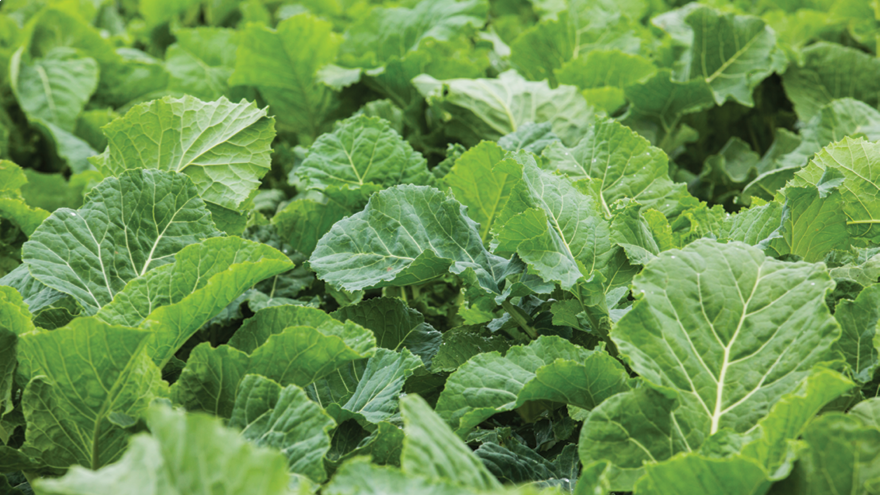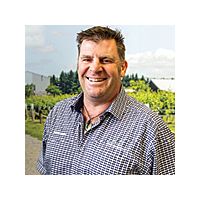I have a saying, “you only get one chance to get a crop in the ground at the right time and that is the day you do it first time!”. If you have to come back and re-sow, you have lost weeks of productivity and yield. Not cutting corners and taking the time to get it right the first time contributes to achieving optimal crop production.
Any cropping establishment requires planning. Crop type and time of planting are obvious, but go further and consider for example, the reason for growing a brassica in the first place. In most cases, a brassica crop serves two purposes:
- To fill a feed deficit that is left by existing pasture at a particular time of year.
- To use as a tool to take out and renew old pasture after the brassica crop has finished.
A brassica crop delivers quality feed for livestock, and allows us to break a pasture rotation by using the opportunity to tidy up perennial weeds that do not need clover safe chemicals. So ask yourself a few questions before you get started. Are the paddocks earmarked for the crop suitable? How did they come through the winter? Are any last minute adjustments needed?
Once you have confirmed the paddock location, make sure you have taken a soil test. Decide what type of brassica you are going to grow (leafy turnip, bulb turnip, rape, raphanobrassica, kale or swede). Work backwards from the planned grazing date using the number of days recommended by the seed supplier that it takes from planting to grazing. When you receive your soil test results, if your pH is out, come up with a fertiliser plan and apply lime at the earliest opportunity. Remember lime can take around six months to correct pH.
If possible, plan your spray-out date four to six weeks before your planting date. This allows plenty of time for old vegetation to die back especially in no-till situations. If you plan to cultivate, there will be less unwanted plant matter to deal with and it will be easier to create a nice clean seedbed. Whilst it is always tempting to try to get the last graze out of the previous pasture, this can be false economy as you need around 10 cm of actively growing plant leaf to take up the glyphosate effectively. Grazing to the dirt before you spray leads to disappointing results.
Spray an appropriate post-plant pre-emergence herbicide, especially if you have difficult weeds or you are sowing a long-term crop such as rape, raphanobrassica, kale or swede. This takes away any seedling competition with weeds emerging at the same time as the crop. Then monitor regularly for further weeds and pests and deal with accordingly.
Post-plant pre-emergent sprays are less damaging to a growing crop than a post-emergent spray, and usually provide an economical return over cost compared with just applying a post-emergent spray as the crop won’t have to compete with weeds from emergence. Most post-emergent selective broad leaf herbicides give crops a knock.
You must control weeds early as they reduce crop yield more than a selective herbicide knock. Start with a post-plant pre-emergent herbicide rather than gravitating towards a post-emergent option.
For further advice on establishing a brassica crop and what pre and post-emergent sprays are most effective, contact your local PGG Wrightson Technical Field Representative.




